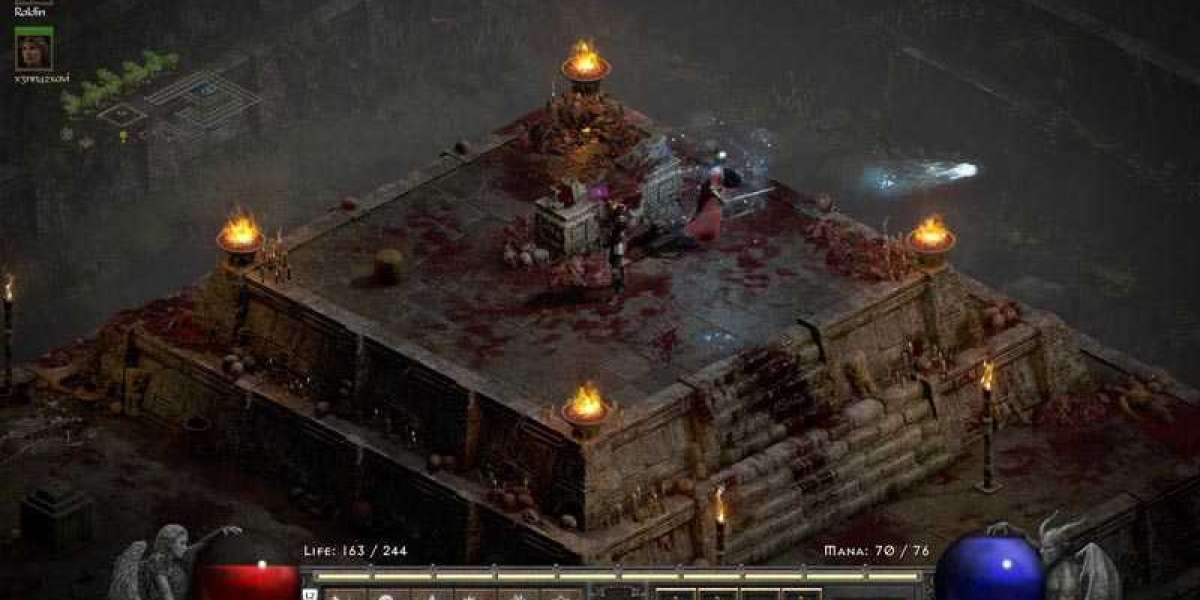Introduction
Steel fabrication is a fascinating and essential part of modern construction and manufacturing. But what exactly happens in a steel fabrication company? In this blog, we'll explore the process step by step in a way that can be easily understood. Understanding how raw steel transforms into the sturdy structures that form our bridges, buildings, and other infrastructures can give you a newfound appreciation for the work behind the scenes.
What is Steel Fabrication?
Steel fabrication is the process of cutting, bending, and assembling steel to create various structures and products. These can range from small parts used in everyday items to large components for buildings and bridges. Heavy steel fabrication involves working with large, thick pieces of steel to produce massive structures. This process is crucial because it ensures that the steel used in construction and manufacturing is strong, durable, and fit for purpose. Without steel fabrication companies, we wouldn't have the skyscrapers, bridges, and industrial machines that are essential to our modern way of life.
Step-by-Step Process of Steel Fabrication
- Designing
Before any physical work begins, the process starts with designing. Engineers and designers use specialized software to create detailed plans and blueprints. These designs outline the exact dimensions and specifications of the steel components needed. This step is crucial because it ensures that everything fits together perfectly in the final product. The design phase also involves considering the stresses and loads the final structure will need to withstand, ensuring that the steel components are strong enough to do their job without failing.
- Cutting
Once the design is ready, the steel needs to be cut into the required shapes and sizes. This can be done using various methods such as:
Sawing: Using a saw to cut through the steel. Saws can range from simple handheld tools to complex automated machines.
Shearing: Using a machine to slice through the steel. This method is particularly useful for cutting large sheets of steel quickly.
Laser Cutting: Using a high-powered laser to cut precise shapes. Laser cutting is highly accurate and can produce very intricate designs.
Plasma Cutting: Using a plasma torch to cut through thick steel. Plasma cutting is effective for thicker steel where other methods might struggle.
Each method has its advantages, and the choice depends on the thickness and type of steel being used. The cutting process must be precise to ensure that each piece will fit together perfectly in the final assembly, minimizing the need for adjustments and ensuring structural integrity.

- Bending
After cutting, the steel pieces often need to be bent into specific shapes. This is done using machines called press brakes. These machines apply pressure to the steel, bending it to the desired angle. Bending is essential for creating complex shapes and ensuring that the steel parts will fit together correctly. Different projects require different bending techniques, and the process must be carefully controlled to avoid cracking or weakening the steel. The ability to bend steel accurately is crucial for creating custom components that meet specific design requirements.
- Assembling
Once all the pieces are cut and bent, it's time to assemble them. This involves joining the pieces together using various methods such as:
Welding: Fusing the pieces together using heat. Welding creates strong, permanent joints that can withstand significant stress.
Bolting: Using bolts to secure the pieces together. Bolting is often used when the structure may need to be disassembled or adjusted later.
Riveting: Using metal pins (rivets) to hold the pieces together. Riveting is a traditional method that is still used in some applications for its reliability.
Welding is the most common method used in heavy steel fabrication because it creates strong, permanent joints. The assembly process must be meticulously planned and executed to ensure that the final structure is robust and meets all safety and performance standards.
- Finishing
After assembling the steel structure, it undergoes finishing processes to ensure it meets the required standards and specifications. This can include:
Grinding: Smoothing out rough edges to improve appearance and safety.
Sandblasting: Cleaning the surface of the steel to remove rust, paint, or other contaminants.
Painting or Coating: Applying a protective layer to prevent rust and corrosion. This is particularly important for structures exposed to the elements.
Finishing not only improves the appearance of the steel but also enhances its durability and longevity. A well-finished steel structure will look better, last longer, and require less maintenance over its lifetime.
Quality Control
Throughout the entire fabrication process, quality control is crucial. Inspections are carried out at various stages to ensure that the steel components meet the required specifications and standards. This involves checking the dimensions, strength, and overall quality of the fabricated steel. Quality control helps to prevent any issues that could arise during the assembly or use of the final product. By catching problems early, fabricators can make adjustments and avoid costly mistakes that could compromise the safety or functionality of the finished structure.
Importance of Heavy Steel Fabrication
Heavy steel fabrication plays a vital role in constructing large structures such as bridges, skyscrapers, and industrial plants. Without the precise work of steel fabrication companies, it would be impossible to create these massive, durable structures. The strength and reliability of fabricated steel make it an essential material in the construction industry. Heavy steel fabrication ensures that these structures can withstand the stresses of daily use and environmental challenges, contributing to the safety and longevity of our built environment.
Conclusion
Steel fabrication company is a complex and highly skilled process that transforms raw steel into valuable structures and products. From designing and cutting to bending, assembling, and finishing, each step requires precision and expertise. Understanding this process helps us appreciate the incredible work that goes into creating the buildings and structures we see around us every day. Whether it's a towering skyscraper or a sturdy bridge, heavy steel fabrication is at the heart of modern construction. Next time you pass by a construction site or see a massive steel structure, you'll know a bit more about the intricate process behind its creation. The dedication and skill of steel fabricators ensure that our infrastructure is safe, reliable, and capable of standing the test of time.


